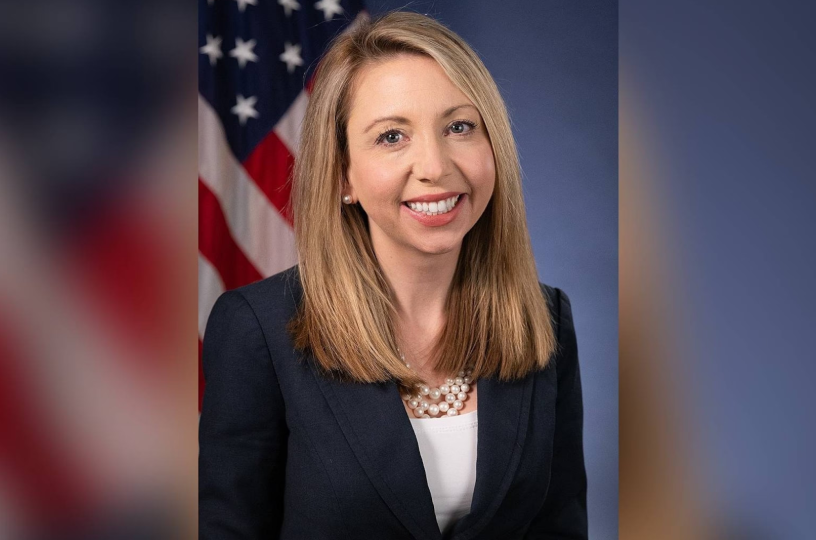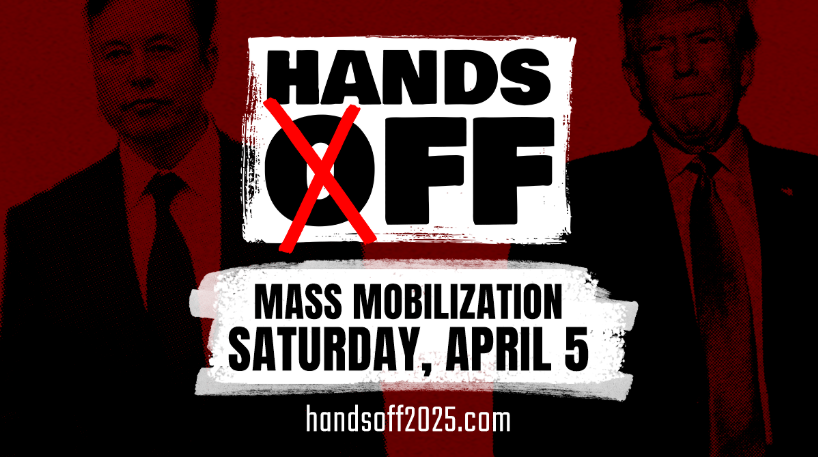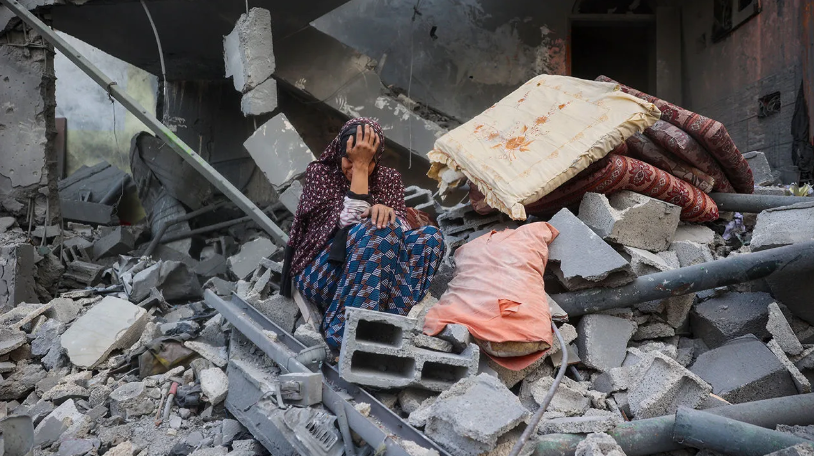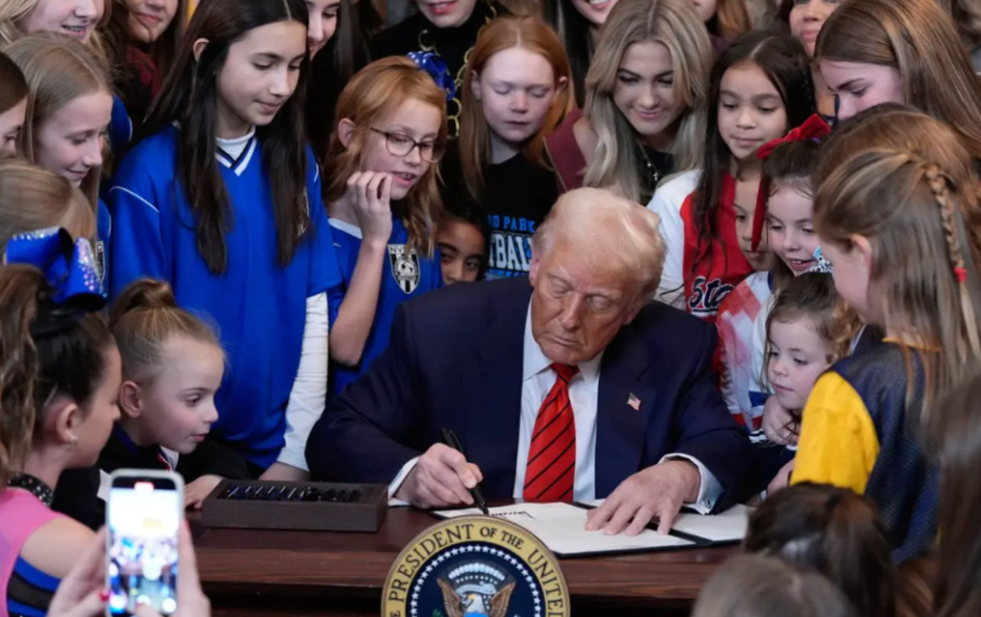President Donald Trump issued an executive order on January 20, calling his cabinet members to make a draft for a list of countries that will be placed on travel ban, meaning citizen’s of that country would not be allowed to travel into the US. Although the list hasn’t been made official and into full effect, it is in consideration with the Trump Administration. The drafted list was given to the New York Times on March 14, with 43 countries on the list.
The list is put into three tiers, the “red list”, the “orange list”, and the “yellow list”. Each of the tiers represent how the ban will affect the countries on the list. Countries on the red list will be completely forbidden from entering the US. Orange list countries will be limited, meaning citizens will need to have specific visas in order to enter the US. Trump gave 60 days for countries on the yellow list to address Trump’s concerns about the country. If a country on the Yellow list does not respond within the 60 days, they potentially be moved to the orange or red list.
The red list consists of 11 countries. These countries are Afghanistan, Bhutan, Cuba, Iran, Libya, North Korea, Somalia, Sudan, Syria, Venezuela, and Yemen. Most countries on the list are there due to communism, terrorism, and posing as threats to American safety. Many people were surprised at the decision to ban Bhutan. Bhutan is a small country near China, India, and Nepal, and is very closed off from the world, not into foreign affairs. Despite its seclusion, some call it “the happiest country in the world”. However, reasons for Bhutan’s ban include “unusual migration patterns” and “national security interests”.
The orange list consists of 10 countries. People from Belarus, Eritrea, Haiti, Laos, Myanmar, Pakistan, Russia, Sierra Leone, South Sudan, and Turkmenistan will now be required to have certain visas in order to travel to the United States. These visas can be obtained from in-person interviews.
The yellow list includes 22 countries, most of which are in Africa. Angola, Antigua and Barbuda, Benin, Burkina Faso, Cambodia, Cameroon, Cape Verde, Chad, the Republic of Congo, the Democratic Republic of Congo, Dominica, Equatorial Guinea, Gambia, Liberia, Malawi, Mali, Mauritania, St Kitts and Nevis, St Lucia, São Tomé and Príncipe, Vanuatu and Zimbabwe. Any of these countries that does not address Trump’s concerns within 60 days may be moved up to either the orange or red list. The Trump Administration’s main concerns with most of the countries include lack of security, inadequate information sharing, and terrorism concerns.
The travel ban would “protect its [America’s] citizens from aliens who intend to commit terrorist attacks, threaten our national security, espouse hateful ideology, or otherwise exploit the immigration laws for malevolent purposes,” as according to Trump on the executive order.














